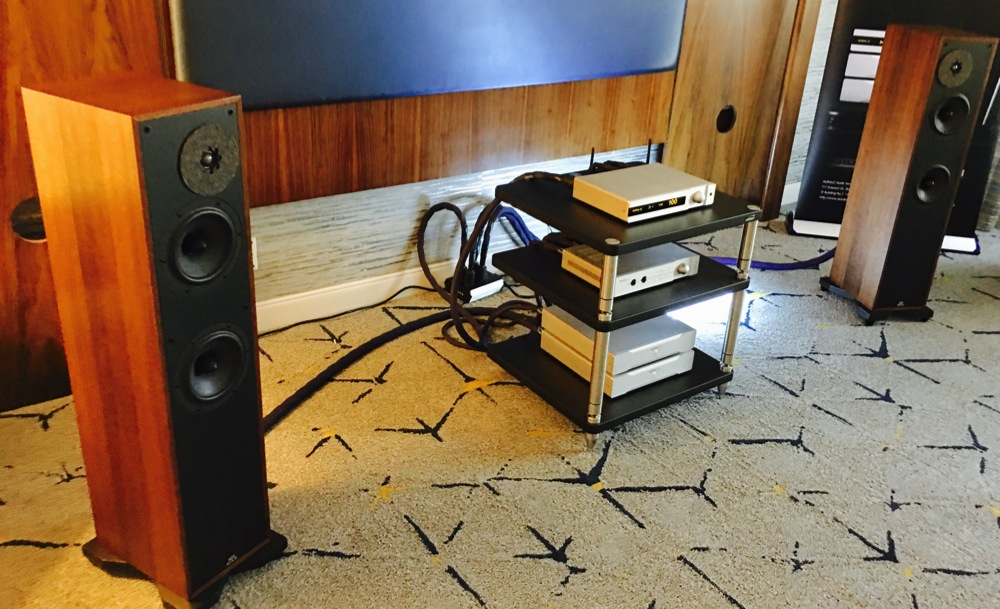
It’s common for the first impressions of a speaker to center on its performance across the frequency range – bass slam, midrange texture, treble purity. Then, almost as an afterthought, comes imaging.
 Reviewers do it (me included, oftentimes). Potential buyers do it. Your friends do it when they come over to listen. But long-term, I contend that what will make you hold on to a pair of speakers – if they have no significant faults – is exceptional imaging. Being able to pinpoint players across a wide soundstage and simultaneously hear deep into the room or studio is, once you hear it, difficult to do without.
Reviewers do it (me included, oftentimes). Potential buyers do it. Your friends do it when they come over to listen. But long-term, I contend that what will make you hold on to a pair of speakers – if they have no significant faults – is exceptional imaging. Being able to pinpoint players across a wide soundstage and simultaneously hear deep into the room or studio is, once you hear it, difficult to do without.
This thought popped into my head at the Los Angeles Audio Show as I visited several rooms featuring Ryan Speakers. The young Riverside, California-based company has been winning fans as it exhibits a growing line at more events. Indeed, there was a good-size crowd checking out its models midday Friday when I visited.
Brothers Trevor and Todd Ryan believe in reducing distortion and reflections to the absolute minimum. To achieve this, they go to heroic lengths. Ryan, for example, is one of the few manufacturers I know of that uses a laser vibrometer to measure cabinet resonances. (Wilson Audio Specialties is another.)
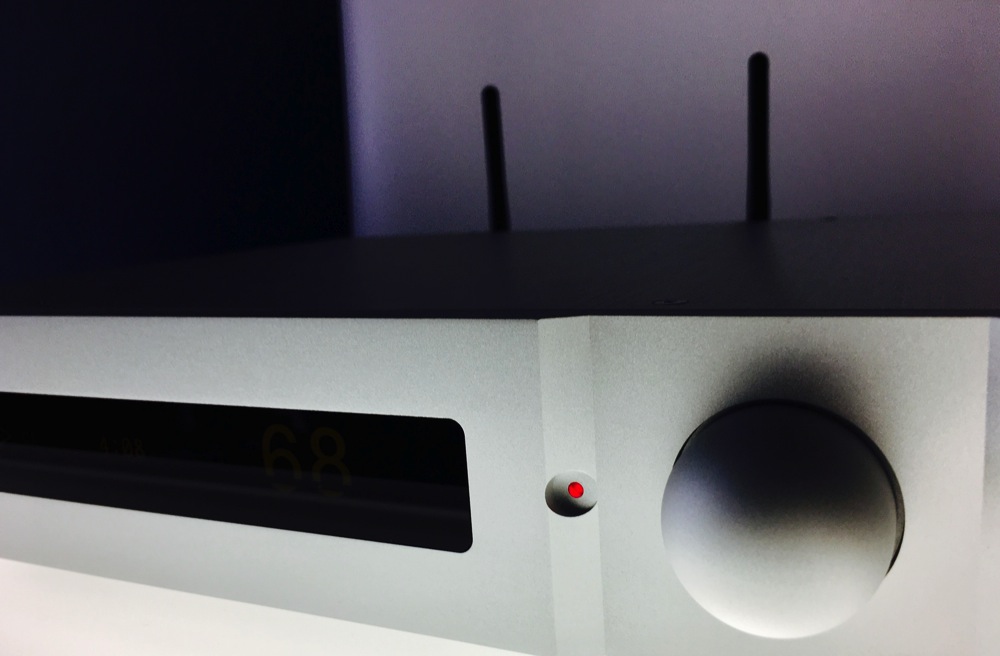
The company also relies on sophisticated software to be sure its woofer and tweeter designs are extremely linear. Ryan then builds those drivers at its own factory under rigid quality-control measures. In addition, Ryan heavily braces its enclosures, frets over its crossovers and even attaches felt around its tweeters to reduce diffractions. The result, as I’ve been hearing at shows for the past two years, is speakers that are balanced, clean, dynamic and polished. But wait – I’ve done it again. What I should be gushing about first is their imaging.
All that effort Ryan expends on reducing reflections and damping cabinet resonances definitely pays off in enabling its speakers to create an impressive soundstage. You can hear reverberation trails drifting slowly back into the room, and individual players are located precisely where your brain would expect them to be.
Singers are dead center, rather than sounding like four clones were spread around the booth. You also can follow multiple guitar parts, and kick drum and bass emanate from their respective positions.
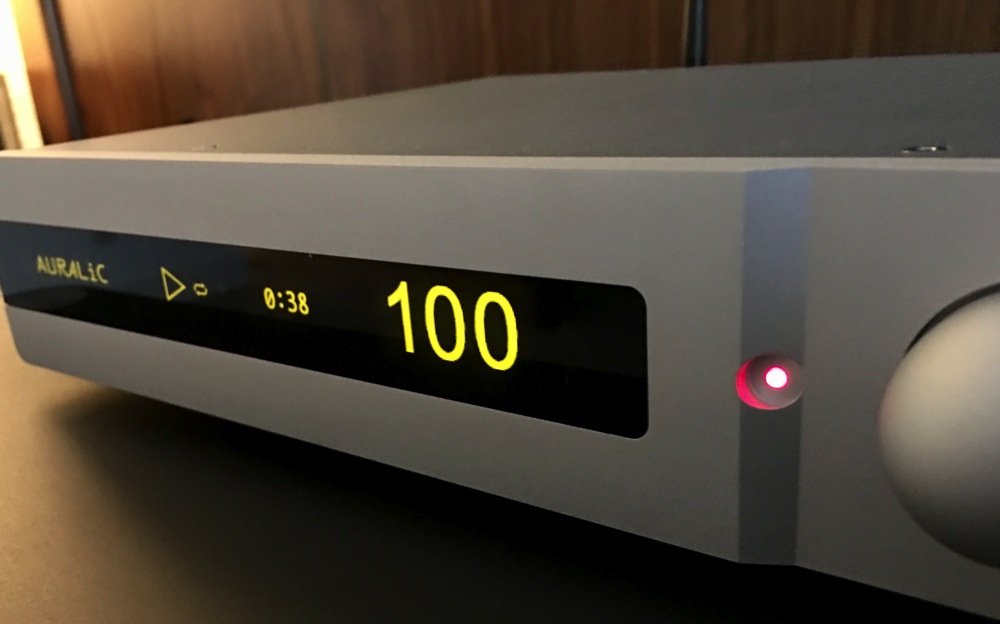 The Ryan speakers I’ve heard all seem to have this ability, regardless of size. In LA, I was able to audition three different pairs — the new S840 floor-stander ($8,000/pair USD), the R620 towers ($3,500/pair USD) and the R610 stand-mounts ($2,000/pair USD).
The Ryan speakers I’ve heard all seem to have this ability, regardless of size. In LA, I was able to audition three different pairs — the new S840 floor-stander ($8,000/pair USD), the R620 towers ($3,500/pair USD) and the R610 stand-mounts ($2,000/pair USD).
The S840 aims to bring some of the strengths of the company’s larger Tempus III ($16,000/pair USD) down to a more affordable price point. The S840 is a three-way design, with two 8-inch laminated Nomex (a DuPont polymer related to nylon, but more rigid) woofers, a 4-inch Nomex midrange and a chambered beryllium dome tweeter. There also is a front-firing port. Frequency response is 28Hz-35kHz. Sensitivity is 88 decibels.
Since the S840’s room was busy, I didn’t try to play any music of my own there. What I did hear, however, was encouraging. The lack of distortion was audible in the vivid presentation and also seemed to conjure my treasured sound staging.
The S840 was supported by a first-rate system that included a Constellation Audio Inspiration 1.0 integrated amp ($13,500 USD), an Aurender A10 music server ($5,500 USD), an AudioQuest Niagra 5000 power conditioner ($3,995 USD) and Cardas Audio cable.
Ryan’s other two speakers were featured in rooms sponsored by Auralic.
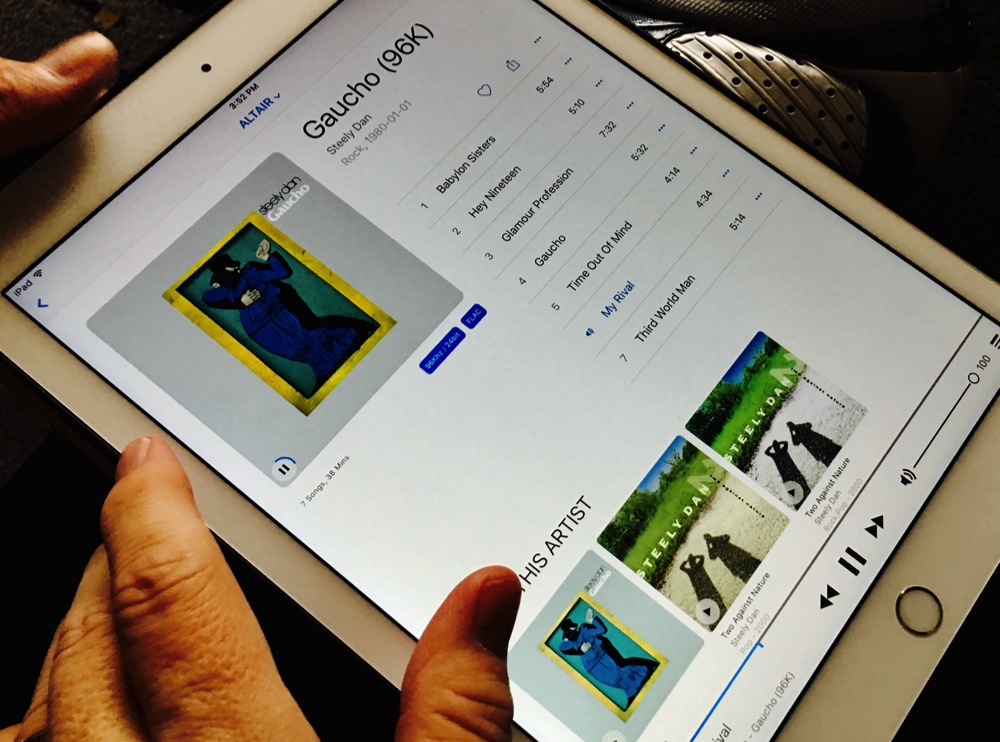
The first display had a pair of R610s, with an Auralic Polaris wireless streaming amplifier ($3,799 USD). The second included the R620s, Auralic’s Merak monoblocks ($5,000/pair USD), an Auralic Taurus preamp (discontinued) and an Auralic Altair streaming DAC ($1,899 USD).
In the latter room, I was able to demo Steely Dan’s “My Rival” from Gaucho, using the Auralic streamer. The sound, again, was very good, with the three-driver R620 presenting slightly less image height and weight than its new big brother, but still offering appealing depth and layering of instruments.
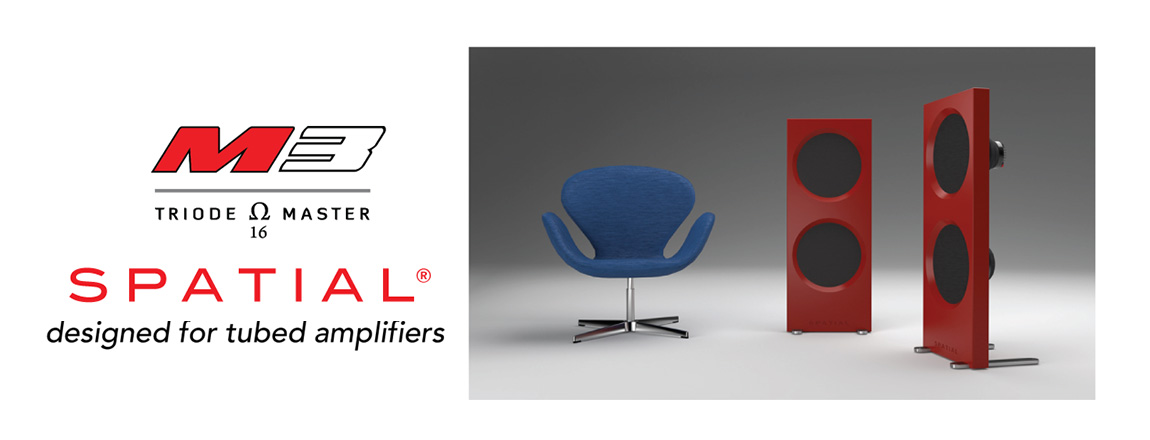 As for the Auralic streamer, I got a chance to play with its interface for a while and found it simple and intuitive. I could get used to thumbing through music like this.
As for the Auralic streamer, I got a chance to play with its interface for a while and found it simple and intuitive. I could get used to thumbing through music like this.
In addition to the sonic attractiveness of the three rooms, the overall pricing of the systems – particularly those built around the R610 and R620 – was very reasonable. All that, and noteworthy imaging to boot. Ryan’s definitely a name to watch.


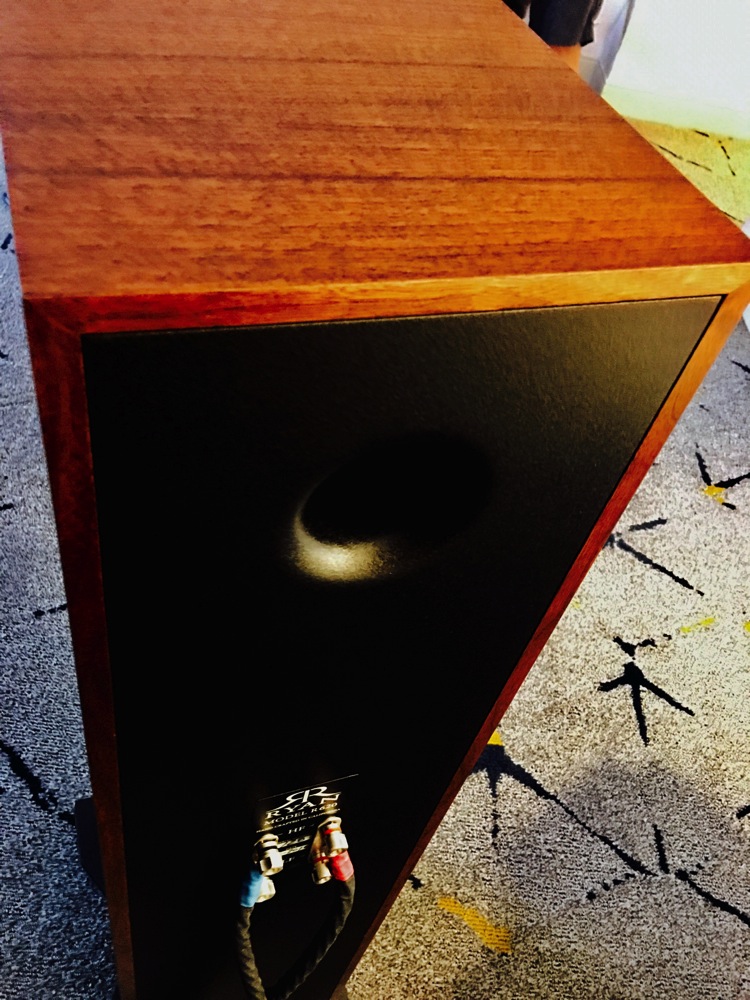

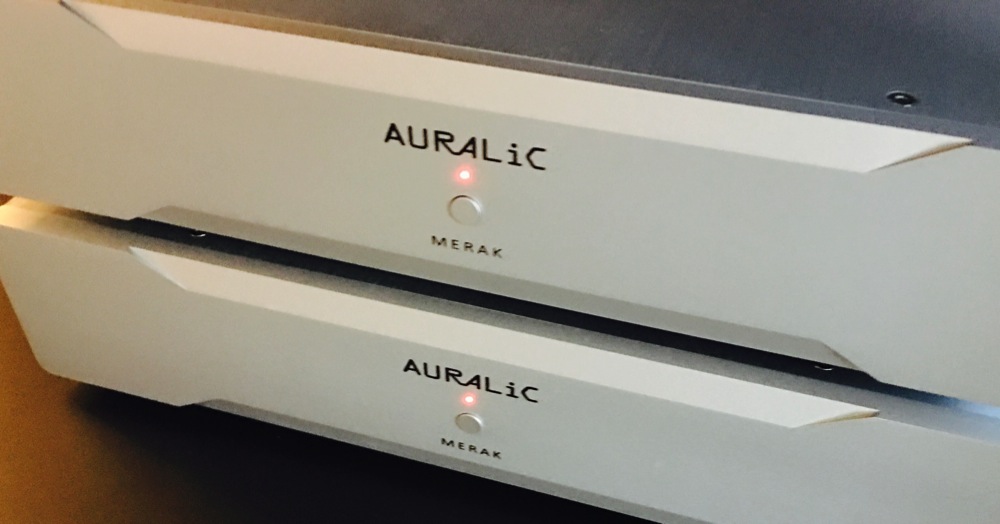


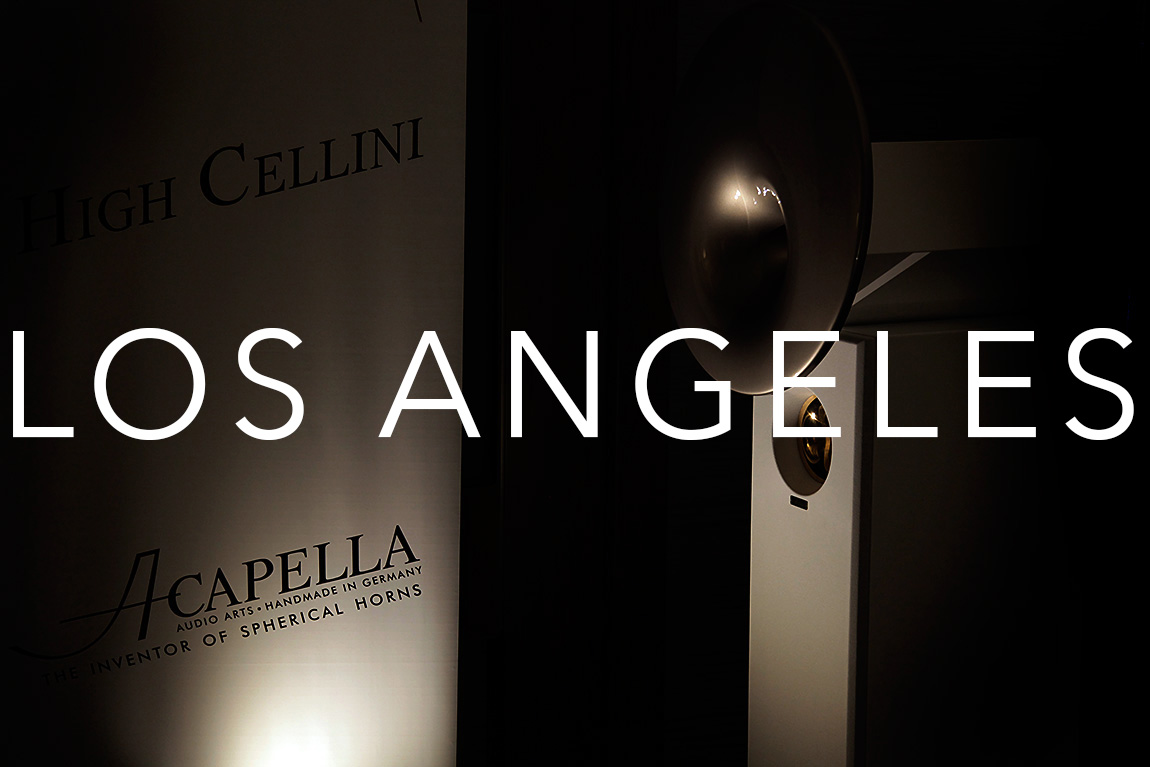

John: Suggesting people hold on to loudspeakers that “image” well is interesting, and may in fact be somewhat true.
However, a loudspeakers ability to reproduce subtle signal cues requires premium source and amplification, including signal wire, and a premium a 120-V AC power source as well.
Once these “ancillary” components are given consideration can we evaluate a loudspeakers sound quality and imaging characteristics. Or more specifically, whether the loudspeaker can “track” the immense variation in downstream components.
peter jasz